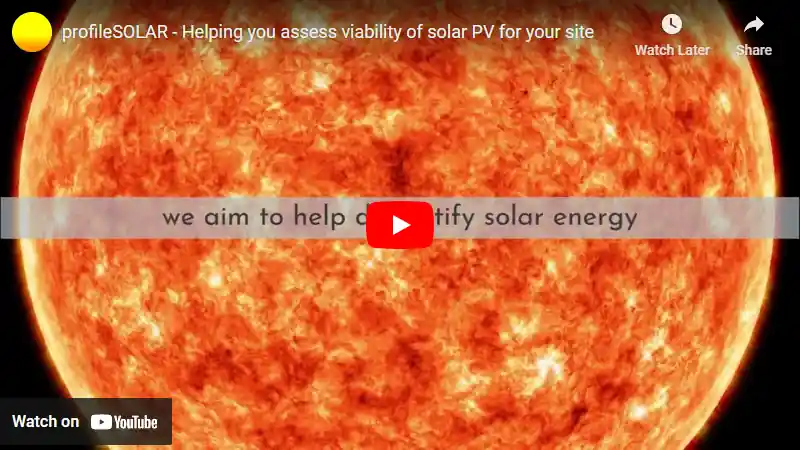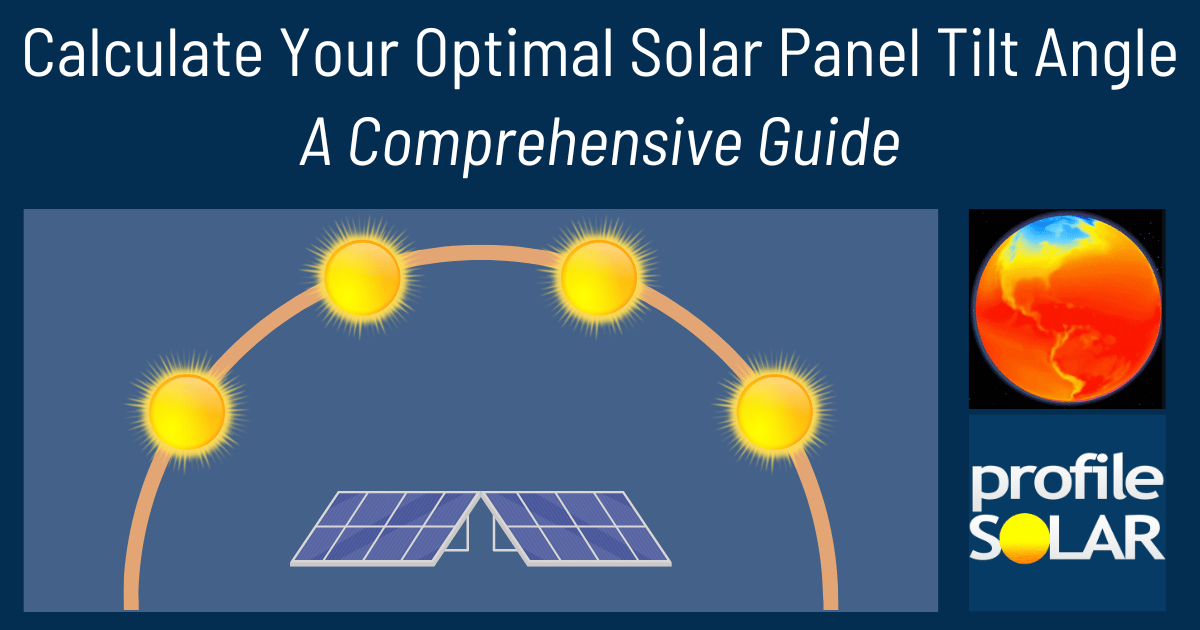

The location at Frankenthal, Rheinland-Pfalz, Germany is pretty good for generating energy via solar panels throughout the year. However, it's not perfect all year round because of seasonal variations in sunlight intensity and duration.
In summer, you can expect to generate about 5.55 kilowatt-hours (kWh) of electricity per day for each kilowatt (kW) of installed solar power. This is a great time for solar energy production because the days are long and sunny.
Spring also offers decent output with around 4.57 kWh/day per kW of installed power thanks to longer daylight hours and more direct sunlight as compared to winter months.
However, in autumn and especially winter, the amount of electricity you can produce drops significantly due to shorter days and less intense sunlight - down to just 2.59 kWh/day in autumn and 1.24 kWh/day in winter per kW of installed capacity.
To maximize your total annual electricity production from your solar photovoltaic (PV) system at this location, you should tilt your panels at an angle of 42 degrees facing southwards.
As far as environmental or weather factors that could hamper your solar production here: Frankenthal is located within a temperate climate zone which means there could be considerable cloud cover during certain times of year which might reduce sunshine available for PV generation; winters may bring snowfall that if accumulated on panels can block sunlight until cleared off; local buildings or vegetation might cast shadows limiting exposure to sun especially during mornings or late afternoons when sun is low on horizon.
Preventative measures include installing systems capable of clearing snow off panels automatically; trimming trees or other vegetation that may cast shadows onto your PV system; choosing installation sites carefully avoiding potential shadow-casting objects where possible.
Also consider using high-efficiency PV modules designed specifically for lower-light conditions common in Northern Europe – these will help ensure greater energy production year-round regardless of weather or other local factors.
Note: The Northern Temperate Zone extends from 35° latitude North up to 66.5° latitude.
So far, we have conducted calculations to evaluate the solar photovoltaic (PV) potential in 835 locations across Germany. This analysis provides insights into each city/location's potential for harnessing solar energy through PV installations.
Link: Solar PV potential in Germany by location
Solar output per kW of installed solar PV by season in Frankenthal
Seasonal solar PV output for Latitude: 49.54, Longitude: 8.3552 (Frankenthal, Germany), based on our analysis of 8760 hourly intervals of solar and meteorological data (one whole year) retrieved for that set of coordinates/location from NASA POWER (The Prediction of Worldwide Energy Resources) API:




Ideally tilt fixed solar panels 42° South in Frankenthal, Germany
To maximize your solar PV system's energy output in Frankenthal, Germany (Lat/Long 49.54, 8.3552) throughout the year, you should tilt your panels at an angle of 42° South for fixed panel installations.
As the Earth revolves around the Sun each year, the maximum angle of elevation of the Sun varies by +/- 23.45 degrees from its equinox elevation angle for a particular latitude. Finding the exact optimal angle to maximise solar PV production throughout the year can be challenging, but with careful consideration of historical solar energy and meteorological data for a certain location, it can be done precisely.
We use our own calculation, which incorporates NASA solar and meteorological data for the exact Lat/Long coordinates, to determine the ideal tilt angle of a solar panel that will yield maximum annual solar output. We calculate the optimal angle for each day of the year, taking into account its contribution to the yearly total PV potential at that specific location.

Seasonally adjusted solar panel tilt angles for Frankenthal, Germany
If you can adjust the tilt angle of your solar PV panels, please refer to the seasonal tilt angles below for optimal solar energy production in Frankenthal, Germany. As mentioned earlier, for fixed-panel solar PV installations, it is optimal to maintain a 42° South tilt angle throughout the year.
| Overall Best Summer Angle | Overall Best Autumn Angle | Overall Best Winter Angle | Overall Best Spring Angle |
|---|---|---|---|
| 33° South in Summer | 52° South in Autumn | 63° South in Winter | 42° South in Spring |
Our recommendations take into account more than just latitude and Earth's position in its elliptical orbit around the Sun. We also incorporate historical solar and meteorological data from NASA's Prediction of Worldwide Energy Resources (POWER) API to assign a weight to each ideal angle for each day based on its historical contribution to overall solar PV potential during a specific season.
This approach allows us to provide much more accurate recommendations than relying solely on latitude, as it considers unique weather conditions in different locations sharing the same latitude worldwide.
Calculate solar panel row spacing in Frankenthal, Germany
We've added a feature to calculate minimum solar panel row spacing by location. Enter your panel size and orientation below to get the minimum spacing in Frankenthal, Germany.
Our calculation method
- Solar Position:
We determine the Sun's position on the Winter solstice using the location's latitude and solar declination. - Shadow Projection:
We calculate the shadow length cast by panels using trigonometry, considering panel tilt and the Sun's elevation angle. - Minimum Spacing:
We add the shadow length to the horizontal space occupied by tilted panels.
This approach ensures maximum space efficiency while avoiding shading during critical times, as the Winter solstice represents the worst-case scenario for shadow length.
Topography for solar PV around Frankenthal, Germany
Frankenthal is located in the Rhineland-Palatinate state of Germany, within the Upper Rhine Plain. The topography around Frankenthal is relatively flat and low-lying, with an average elevation of about 93 meters above sea level. The landscape predominantly consists of agricultural fields, grasslands, and some woodland areas.
As for large-scale solar photovoltaic (PV) installations, they require vast tracts of land that are relatively flat and receive ample sunlight throughout the year. Given these requirements, the open agricultural fields around Frankenthal could potentially be suitable for such projects as long as it does not interfere with food production or local ecosystems.
However, several other factors need to be considered before setting up a solar PV project:
1. Solar irradiation levels: This area receives moderate levels of sunlight compared to other parts of Germany.
2. Land use regulations: Local zoning laws and regulations may restrict where large-scale solar farms can be constructed.
3. Grid connectivity: Proximity to power transmission lines is vital for transmitting generated electricity to consumers.
It's also worth noting that rooftop solar installations on commercial or industrial buildings in Frankenthal could be another feasible option if land availability is a concern.
In conclusion, while there might be potential sites near Frankenthal suitable for large-scale solar PV based on topography alone, more detailed studies considering all relevant factors would need to be conducted by professionals in this field before any decisions are made.
Germany solar PV Stats as a country
Germany ranks 4th in the world for cumulative solar PV capacity, with 58,461 total MW's of solar PV installed. This means that 9.70% of Germany's total energy as a country comes from solar PV (that's 3rd in the world). Each year Germany is generating 702 Watts from solar PV per capita (Germany ranks 3rd in the world for solar PV Watts generated per capita). [source]
Are there incentives for businesses to install solar in Germany?
Yes, there are a few incentives for businesses wanting to install solar energy in Germany. These include feed-in tariffs, which guarantee businesses a price per kilowatt hour of electricity produced from their solar system; tax incentives such as the reduction of corporate income taxes; and subsidies from regional governments or utilities. Additionally, Germany's Renewable Energy Sources Act (EEG) provides additional support for projects that involve renewable energies.
Do you have more up to date information than this on incentives towards solar PV projects in Germany? Please reach out to us and help us keep this information current. Thanks!
Citation Guide
Article Details for Citation
Author: Aaron Robinson
Publisher: profileSOLAR.com
First Published: Saturday 11th of May 2024
Last Updated: Wednesday 26th of June 2024
Tell Us About Your Work
We love seeing how our research helps others! If you've cited this article in your work, we'd be delighted to hear about it. Drop us a line via our Contact Us page or on X, to share where you've used our information - we may feature a link to your work on our site. This helps create a network of valuable resources for others in the solar energy community and helps us understand how our research is contributing to the field. Plus, we occasionally highlight exceptional works that reference our research on our social media channels.
Feeling generous?

Share this with your friends!


Compare this location to others worldwide for solar PV potential
The solar PV analyses available on our website, including this one, are offered as a free service to the global community. Our aim is to provide education and aid informed decision-making regarding solar PV installations.
However, please note that these analyses are general guidance and may not meet specific project requirements. For in-depth, tailored forecasts and analysis crucial for feasibility studies or when pursuing maximum ROI from your solar projects, feel free to contact us; we offer comprehensive consulting services expressly for this purpose.
Helping you assess viability of solar PV for your site
Calculate Your Optimal Solar Panel Tilt Angle: A Comprehensive Guide
Enhance your solar panel's performance with our in-depth guide. Determine the best tilt angle using hard data, debunk common misunderstandings, and gain insight into how your specific location affects solar energy production.







